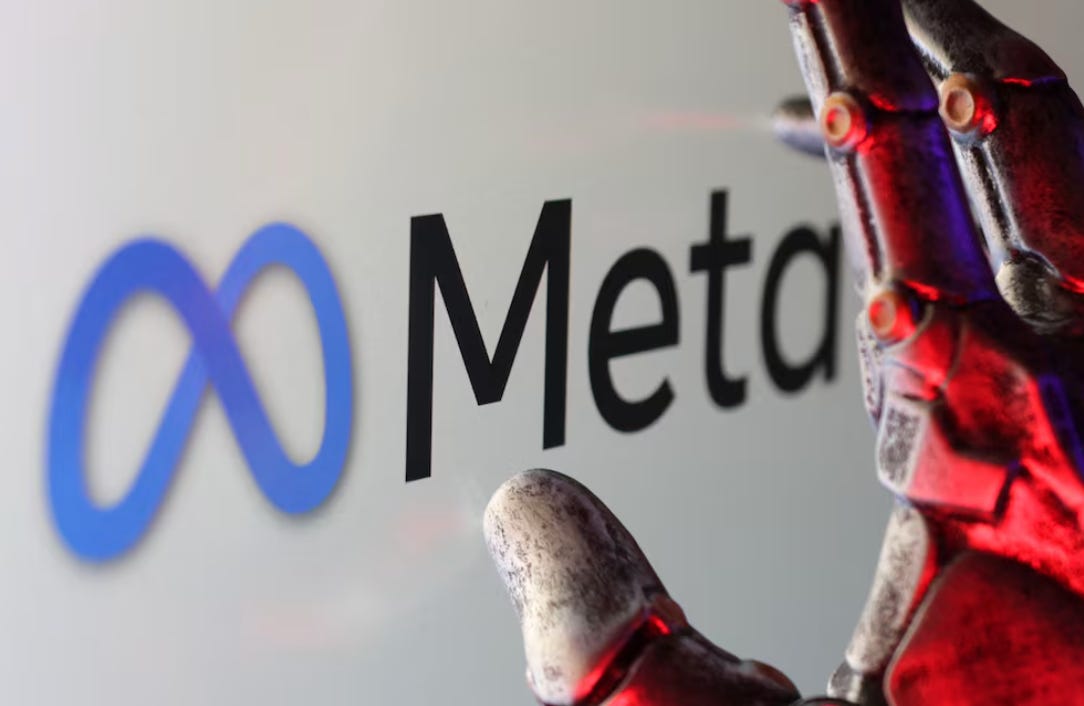In Canada, the platforms most of us still turn to for headlines is also where misinformation spreads fastest—and real news (fact checked) no longer appears.
Canada’s misinformation problem isn’t just about algorithms—it’s also about ad dollars.
The very organizations we count on to fight misinformation are funding the platforms that spreads it—sounding the alarm with one hand while signing the cheque with the other.
Canada’s political parties, CUPE, the Insurance Bureau of Canada, UNICEF, and even news orgs, like The Globe and Mail, all appear to invest heavily in advertising on Facebook and Instagram.
This data was gathered by the Social Media Lab at Toronto Metropolitan University (Source: Link). Spending on Facebook and IG since the start of this year.
Conservative Party of Canada – estimated CA $5–7 million
Liberal Party of Canada – estimated CA $5–7 million
Ontario Liberal Party – estimated CA $1–2 million
Elections Canada – about CA $1 million
PSAC (Public Service Alliance of Canada) – roughly CA $670 k – $1 million
Forest Products Association of Canada – about CA $460 k – $550 k
Elections Ontario – roughly CA $430 k – $510 k
National Police Federation – about CA $350 k – $490 k
CAMH (Centre for Addiction and Mental Health) – roughly CA $320 k – $410 k
UNICEF Canada – about CA $320 k – $450 k
Our politicians talk tough about Meta—then pour campaign cash into its ad machine because micro-targeted ads are cheap.
Elections Canada spends your tax dollars to “educate” voters on the same feed that buries fact-based news—a feed Ottawa’s own reports label fertile ground for foreign disinformation.
Unions, lobby groups, and charities follow suit.
The disconnect is everywhere.
CUPE fights for workers’ rights—while funding a platform that can easily misrepresent labour issues. UNICEF works to protect children—yet they spend money where facts about conflicts, and the children caught in them, are easily distorted.
Need attention from anyone under forty? Reputation bends.
The issue snapped into focus when Meta flipped a switch and erased Canadian journalism from its feeds. Engagement with credible news dropped by more than two-thirds. Still, many of us keep scrolling Meta for headlines.
We trust it the least—and likely use it the most.
Meta has little incentive to change. Canada holds no real sway in Silicon Valley, and our market alone can’t shift the tide.
The ad dollars keep flowing.
But if we want change, we need to attach hard conditions to public ad spending. A coordinated shift—toward platforms that support real journalism—could reset the equation. One public move might spark others.
Public-sector procurement is another lever. Government departments spend millions on social ads. Why not make support for verified news a requirement?
Media buyers already pay a premium to avoid brand risks like hate speech. Why not apply that same standard to misinformation?
These contradictions aren’t intentional. But they are real.
There are alternatives emerging, and Gander is one of them—and Get Fact is proud to be partnering with them. More on that in the coming months. 🙌
None of this requires new laws—just action. Advertisers can shift spending now. Ottawa can update procurement guidelines before the next campaign.
Facts Matter!
Help build a Canada with facts.
We apply the best in human and machine intelligence to verify what’s being said online about Canada and its people.
✔️ Share this.
✔️ Use Laura.
Read more:GetFact.ca
Watch: YouTube
Follow: Facebook | Instagram | TikTok | Bluesky
Listen to GetFact by Kevin Newman (Podcast):
Spotify | Apple Podcasts
Let us know if you see anything worth sharing—Canadians pushing back against attacks, misinformation, or disinformation.
And if we got something wrong? Tell us. It happens. We correct it.






